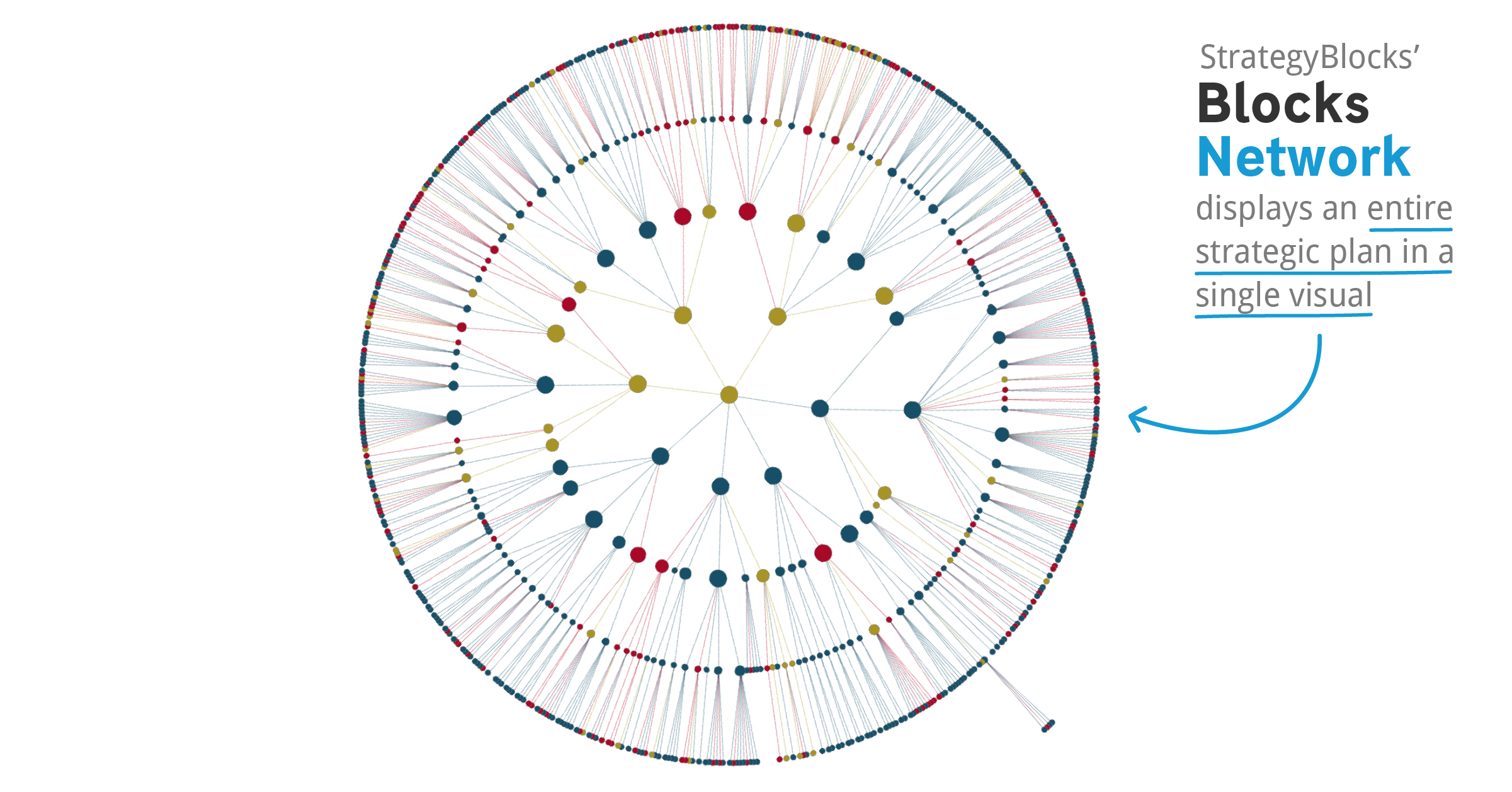The Art of Strategy
Recently I have been working with a new customer to model their business strategy, and I am delighted with how it has turned out. Why is this such an effective strategic model? It has two important things; balance and symmetry.
Benefits of Balance
Firstly, there is an excellent parent to child ratio as the strategic plan is decomposed top-down from vision and mission. Think of it as how many subtasks any activity can be broken down into. We call these ‘hard systems’: those tangible things that we have completed, are doing, or are going to do. Ideally, each level of the hierarchy (each shell) should have between 5 to 7 times as many blocks as its parent level and they should be evenly spread between branches of strategic work. So why 5-7, and why not 20? Psychologist George Miller famously demonstrated in 1956 that the conscious human brain can only contain about 7 (+/-2) pieces of data at any 1 moment. Using the “Magical Number Seven” in this way means we can create balance throughout the model.
It’s easier to:
- visualize
- read, review and understand the full scope of work
- communicate
It improves:
- people’s strategic recall and understanding of the plan
- the quality of their participation in execution
Benefits of Symmetry
The model also becomes almost perfectly symmetrical, but why is this important? Again, clarity of understanding is critical. Each vertical branch is not a collection of ‘ragged’ uneven hierarchies, and therefore the use of descriptive terminology is consistently applied. Everyone knows what is an ‘initiative’, what is a ‘portfolio’ and what is a ‘project’. There is no debate and ambiguity and, as a result, they have managed to standardize a taxonomy of strategic terminology consistently across the organization — these are the strategies ‘soft systems’ and they categorize what we are doing. Horizontal visibility is often of even greater importance than vertical. When analyzing a certain level of the model (take projects as an example), a viewer has the confidence in knowing that the sum total of output across all of these mutually exclusive projects must therefore collectively describe the organization’s vision and mission at a point in time.
Benefits of Engagement
I believe there is another key associated, somewhat intangible benefit. Professors Martin Eppler and Ken Platts described them as “emotional benefits” in 2009. They said that pictures can create involvement and engage people’s imagination, they inspire motivation and identification, and they can release positive emotions and energy. That, above all else, is what we are trying to achieve; we seek to engage and animate often a large group of people to collectively and successfully achieve a single goal, and that is not always easy.
Presenting strategy as a picture is an excellent start. Allowing that picture to evolve dynamically through the collaboration of many, and having the ability to monitor the health of its execution, is the key to successfully operationalizing any strategic plan.




Leave A Comment